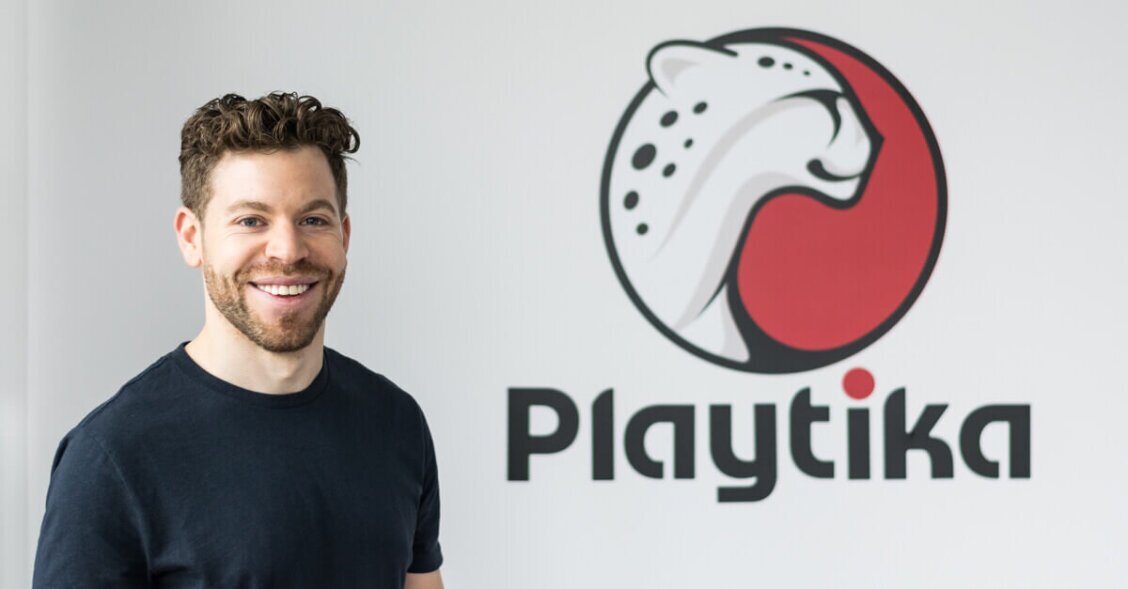
Optimizing Spend Across Paid Mobile User Acquisition Channels
Harry Bienenstock is a Lead Digital Marketing Manager, WSOP at Playtika. Learn more from his Mobile Hero profile.
User Acquisition (UA) shares a lot of similarities to investing. You start by outlining your goals, your propensity for risk, and your investment amount. You have a certain amount of information on market availability & pricing, then look to build a portfolio that will generate the strongest Return on Investment (ROI) possible given all of your inputs.
The Golden Rule: Diversification
UA managers are in the trenches everyday trying to generate the strongest Return on Ad Spend (ROAS) at all times by generating app installs on different platforms across numerous different sources & countries at their disposal. Competition doesn’t really ever slow down. It’s either fierce or fiercer. While trading alongside such heavy competition (whether it’s the stock market or the mobile advertising market), there’s one golden rule that the savviest investors follow: diversification.
I recently read a book called “Unshakeable” by Tony Robbins, where he interviewed the best investors & money managers in the world. They all shared the same opinion: being well diversified is the strongest way to achieve long-term financial success. They also share that keeping management fees to a minimum ensures that more goes into your pocket. But a case can be made for working with agencies in the UA world. In the non-UA world, diversification can come from investing across different lines: domestic stocks, international stocks, bonds, real estate, gold, fine art, jewellery… the list goes on.
In the world of mobile UA, diversification can be achieved in a similar way – by looking at campaigns on a platform level (Android vs iOS), a media source level (Facebook Ads vs Google AdWords vs Apple Search Ads vs Ad Networks vs Exchanges), a publisher level (Angry Birds vs FIFA vs Subway Surfers, etc), or a geo level (US vs Australia vs China vs India vs Hungary, etc).
The beauty of diversification is that it allows you to accomplish two things at once:
- Spread your risk out
- Find opportunities in different places
In a given financial portfolio, you will tend to have over-achieving, under-achieving, and just OK investments. Being able to identify & invest more heavily in over-achieving sources will quickly allow you to generate higher ROI. It’s important to both identify these opportunities then jump on them. Like the famous investor, Kevin O’Leary, likes to say, when he sees a good investment opportunity, he likes to use his money as a tool to “pour gasoline on the fire.”
How to Know If You Have a Balanced Portfolio
If your role involves any type of user acquisition (UA), at some point you have no doubt asked yourself one or all of these questions:
- What percentage of my budget should I be spending on iOS? What percentage on Android?
- How do my Facebook Ads stack up to ads on other channels?
- How much competition am I up against on Google?
- Why is volume within this network fluctuating so much?
- How many networks is too many?
- Am I investing too much on a certain source?
- How do I scale here?
- How can I be more efficient?
While there’s no clear-cut answers, since there are a lot of dependencies associated with each question, if you’re able to acquire quality users that are engaged with your app, you have a very good chance of generating ROAS (return on ad spend). If you are seeing stronger metrics more often on iOS than on Android, spend more on iOS. If this is true on Android, spend more on Android. Whether it comes from Facebook, Google, Apple, or any of the big networks out there, spend more there.
Remember that you are responsible for meeting your business’s goals. At the end of the day, bringing in high ROAS and generating ROI is more often than not the most important goal for the company you’re buying for. It doesn’t matter what the split across sources is or how much of your budget goes to the big guys. What matters is if you are generating a positive ROI.
Identifying Over & Under-Achievers
There is always movement in the market. Getting deep into the weeds of optimization is extremely important to identify shifts and opportunities in the market (by platform, media source, campaign, ad set/ad group, publisher, geo, creative).
The only way to spot these trends is to have benchmarks set up by platform and country. Without benchmarks you will have no idea whether someone is performing above or below average. Once these are set, you can either review all of your data manually, or leverage some sort of automation output from the business logic you input. This can help you quickly identify the under-performers and the over-performers, and allow you to modify your investments.
The most common goals tend to be around ROAS for a certain number of days for any given cohort: Day 0, Day 1 and Day 7 ROAS tend to give you information the fastest. Other types of goals can be centered on engagement in your app for similar time periods: tutorial completion rate, achievements unlocked, levels achieved, etc. Another goal can be retention-based: Day 1, Day 7, Day 30 retention.
If you are a large operation working with a lot of sources, it can be time consuming manually combing through all of the data that your sources generate. Automation will be your good friend in this case, picking up on overachievers and allowing you to shift your marketing budget to the best sources.
When optimizing UA spend across channels, keep in mind the most important takeaways:
- Be well diversified
- Set benchmarks to understand where you are over or under-achieving
- Jump on shifts in the market, and pour gasoline on the fire
Following these steps increases your bottom-line, and allows you to generate ROAS better and faster than ever before.